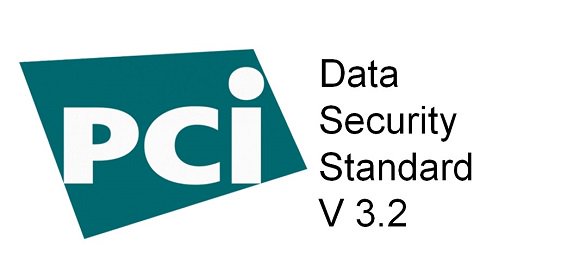Secure Code Assessment
All Vulnerabilities begin from Code

What We Do?
The service we offer is specifically designed to meet your needs.
Static Code Security Assessment (SCST)
Static Code Security Assessment (SCST) allows the security consultant to conduct security assessment using automated tools alone. We ensure proper scans and review the generated reports for true and false positives. Some popular tools are Checkmark, Fortify, etc.
Dynamic code security assessment (DCST)
Dynamic code security assessment (DCST) will allow security consultant to manually verify the findings of code scanners. With this approach, we understand and identify the workflow of the application to generate a proper checklist to ensure audit is done with co-ordination of the developers.
Benefits of Secure Code Assessment
"Our Source Code Security Assessment solution discovers and expedites malicious and potentially risky action in your applications, keeping your business and customers secure against attack. "
- High level executive summary report.
- Technical documentation that allows you to recreate our findings.
- Fact-based risk analysis to validate results.
- Tactical recommendations for immediate improvement.
- Strategic recommendations for long-term improvement.
Compliance
Some compliance, such as PCI, makes it necessary to do a secure code review before launching the product.
Detecting malicious Code
Easy to identify any malicious code embedded in the software.
Application Architecture Security
With the base code fixed, it ensures architecture of the application is secure.
Faster Patch Management
Decrease the amount of time developers spend fixing late-stage defects, thereby increasing productivity
Low false positives
Applications that require a high level of security benefit from targeted security reviews.
Implemented in earlier stages of SDLC
Peer review helps to maintain a level of consistency in software design and implementation.
The Industry Standards - We Follow!
Frequently Asked Questions
If you don't see an answer to your question, you can send us an email from our contact form.
Connect an Expert
Secure code review is a manual or automated process that examines an application’s source code. The goal of this examination is to identify any existing security flaws or vulnerabilities.
- Reduce the number of bugs and security vulnerabilities going into production.
- Improve consistency across codebases and increase maintainability.
- Improve collaboration, knowledge sharing, and developer productivity, and lessons learned can help inform future code development.
- Improve ROI by helping make processes faster and more secure.
The key components involved in successful secure code review include:
- A combination of manual and automated review.
- Collaboration, including sharing of knowledge and lessons learned.
- A study of metrics, which helps reduce defects and policy violations before merging the code.
Sourced code reviews are performed once during the development stage of the application to identify security flaws. After rollout, it is required to be done after any changes to the code or one year, whichever is earlier.
These reports are valid for a period of 6 months to one year depending on the criticality of the applications.






